Scissors are a must-have tool in every household, office, and workshop, but did you know that choosing the right type can make a world of difference? From cutting delicate fabrics to trimming plants, understanding the different types ensures you have the right tools for any task. Ready to discover the best scissors for your needs? Let’s dive into the ultimate guide!
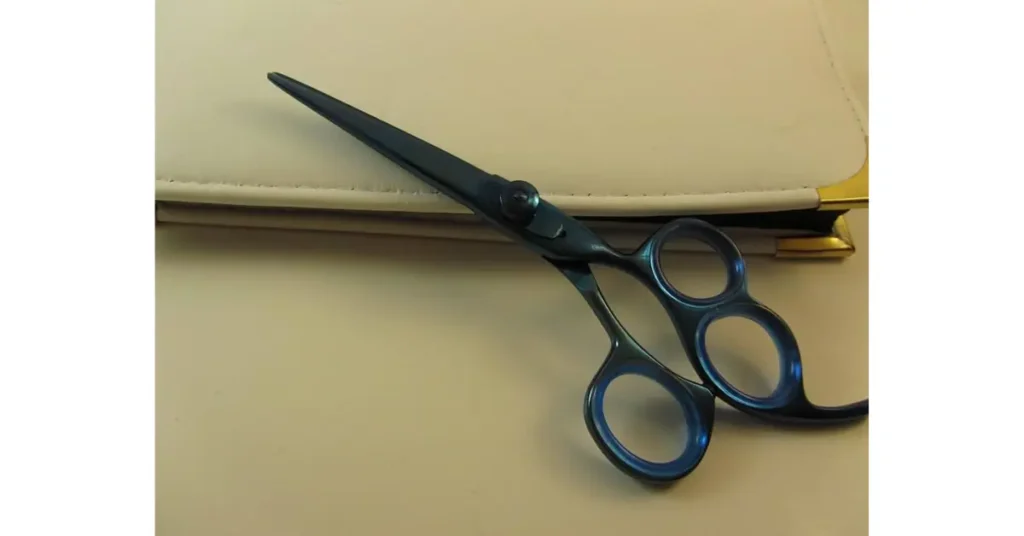
Table of Contents
Things you should know!
>Scissors are essential cutting tools that offer precision for various tasks.
>Use fabric scissors for sewing, kitchen scissors for meal prep, and garden scissors for trimming plants or branches.
>Sharp blades and micro-serrations or straight blades are key for clean, accurate cuts, especially with pinking shears and pruning shears.
>For decorative cutting, the zigzag pattern ensures creativity in your projects.
>Durable blades and stainless steel materials are crucial for longevity and reliability.
>Consider ergonomic design and comfortable handles for ease of use and reduced strain during extended cutting tasks.
>For safety, kids’ scissors often feature blunt tips to avoid injuries while still enabling precision cutting.
>Choose ambidextrous scissors to cater to both left- and right-handed users.
Different types of scissors
There are different types of scissors. Some of these are discussed below.
1. Craft Scissors
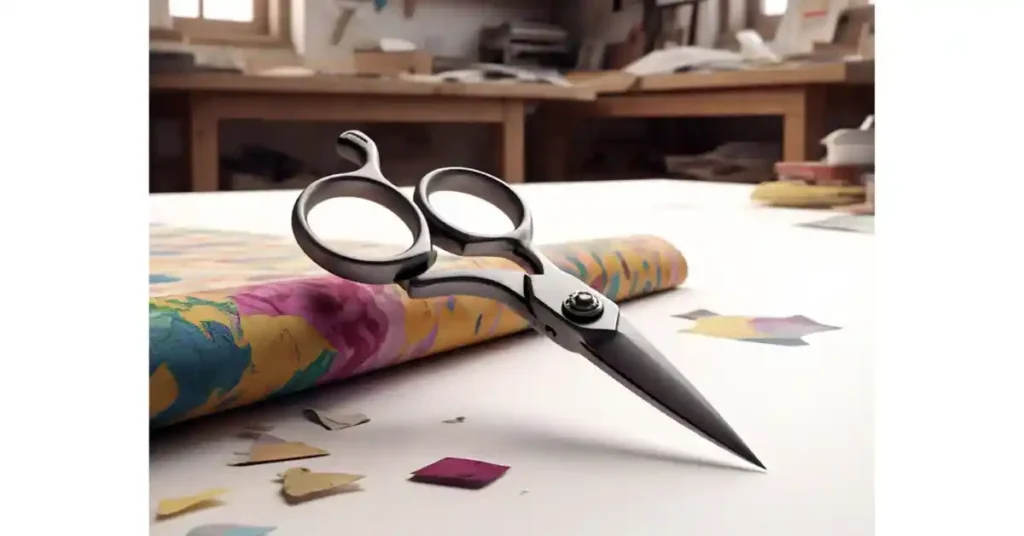
Craft scissors are an essential tool for any crafting enthusiast. Whether you’re into scrapbooking, DIY projects, or just need precise cutting for your artistic endeavors, these scissors are your best friend. Designed for comfort, accuracy, and creativity, they make every cut a breeze.
Key Points:
- Versatile cutting tool for a variety of crafting materials.
- Perfect for intricate shapes, detailed cuts, and decorative edges.
- Available in various styles, blade materials, and colors.
- Ergonomic handles for comfort during extended use.
Pros:
- Ideal for paper, fabric, and card stock.
- Provides precise and clean cuts.
- Compact size for easy handling.
- Ergonomic design reduces hand strain.
Cons:
- It is not suitable for cutting thicker or tougher materials.
- Limited to crafting tasks and may not perform well for general use.
As a crafter myself, I’ve found that a good pair of craft scissors with a rubber or plastic handle makes a huge difference in comfort and precision during long crafting sessions.
2. General Purpose Scissors
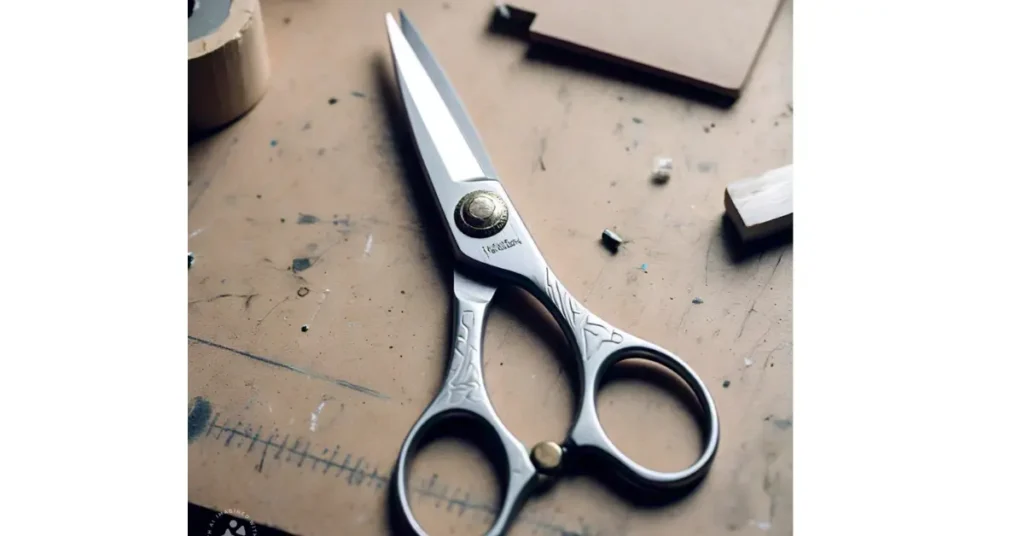
General-purpose scissors are the go-to tools for everyday cutting tasks and offer a versatile solution for a wide range of materials. Perfect for homes, offices, schools, and workshops, they are designed for routine cutting needs with ease and convenience. Whether it’s paper, fabric, or plastic, these scissors are always a reliable option.
Important Points:
- Versatile and suitable for a wide range of materials like paper, fabric, and cardboard.
- Ideal for routine cutting tasks in homes, offices, and workshops.
- Affordable and easy to find in most stores.
- Ambidextrous design for both left and right-handed users.
- Made with rubber, plastic, or stainless steel handles for comfort.
- Straight blade edges are simple and easy to use.
Pros:
- Affordable and easy to find in stores.
- Versatile for different cutting tasks.
- Sharp blades for smooth, efficient cuts.
- The ambidextrous design ensures comfort for all users.
Cons:
- It is not ideal for detailed or intricate cutting tasks.
- Not suitable for heavy-duty cutting.
In my experience, having a pair of general-purpose scissors in the drawer is a lifesaver for those everyday jobs that come up.
3. Grooming Scissors
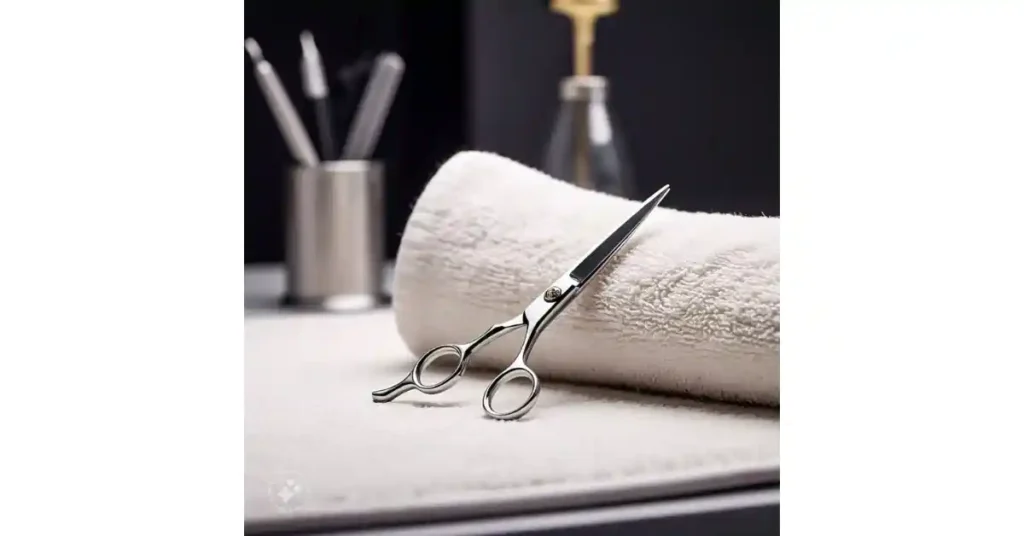
Grooming scissors are a must-have for precise hair trimming and personal care tasks, offering safety and functionality for tasks like cutting hair, trimming facial hair, and pet grooming. With curved blades and fine tips, these scissors are designed to tackle delicate areas, ensuring accurate cuts without causing harm.
- Specialized scissors for trimming hair, fur, and eyebrows
- Stainless steel or alloy steel blades for durability
- Curved blades ideal for precision trimming
- Blunt tips or rounded tips prevent accidental cuts
- Ergonomic handles for comfort and lightweight design to reduce hand stress
Pros:
- Perfect for delicate grooming tasks
- Sharp blades ensure clean cuts without damage
- Ideal for facial hair, pet fur, and other fine-trimming tasks
Cons:
- Can be expensive compared to regular scissors
- Limited use outside of personal care tasks
From my experience, using grooming scissors with curved blades has allowed me to handle pet grooming with ease, ensuring a clean, safe trim without worrying about accidental nicks.
4. Pinking shears
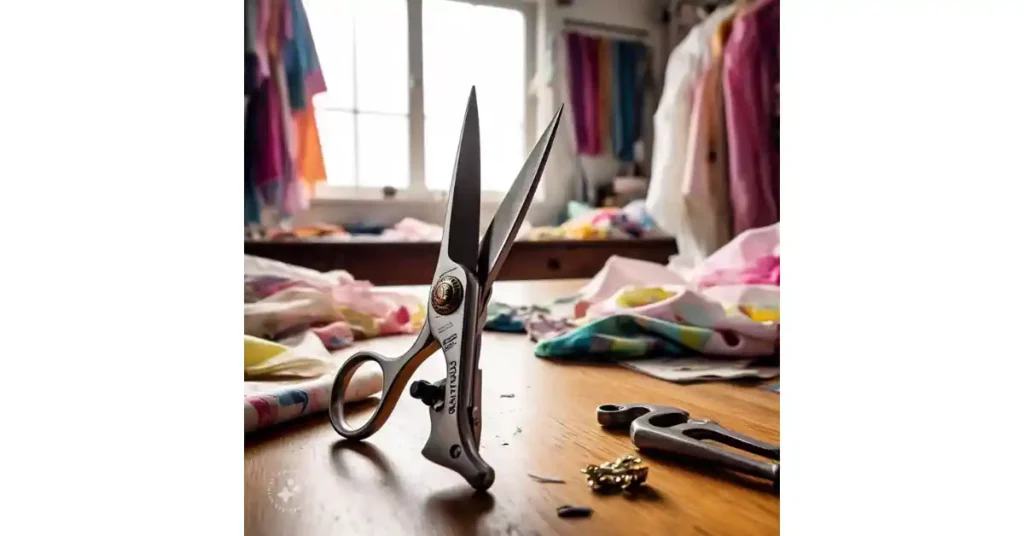
Pinking shears are a must-have tool for those working with fabrics, paper, and leather, thanks to their zigzag-shaped blades that prevent fraying and add a decorative touch. Whether you’re finishing fabric edges or working on craft projects, these scissors are perfect for both precision and creativity. Their serrated edges and ergonomic handles make them both functional and comfortable.
- Serrated teeth create zigzag patterns for decorative cutting
- Prevents fraying on fabrics, leather, plastic, and paper
- Ideal for quilt-making, edge finishing, and crafting
- Stainless steel or alloy steel blades for durability
- Available in various multicolored designs for a stylish touch
Pros:
- Excellent for fraying prevention and edge finishing
- Great for quilting and other craft projects
- Ergonomic handles ensure comfort during use
Cons:
- Not suitable for thicker fabrics or heavy-duty cutting
- Threads may come undone if not handled carefully
I’ve often used pinking shears in my quilting and DIY crafts, and I can confidently say they’re essential for achieving neat, decorative edges while preventing fabric from unraveling.
5. Kitchen Scissors
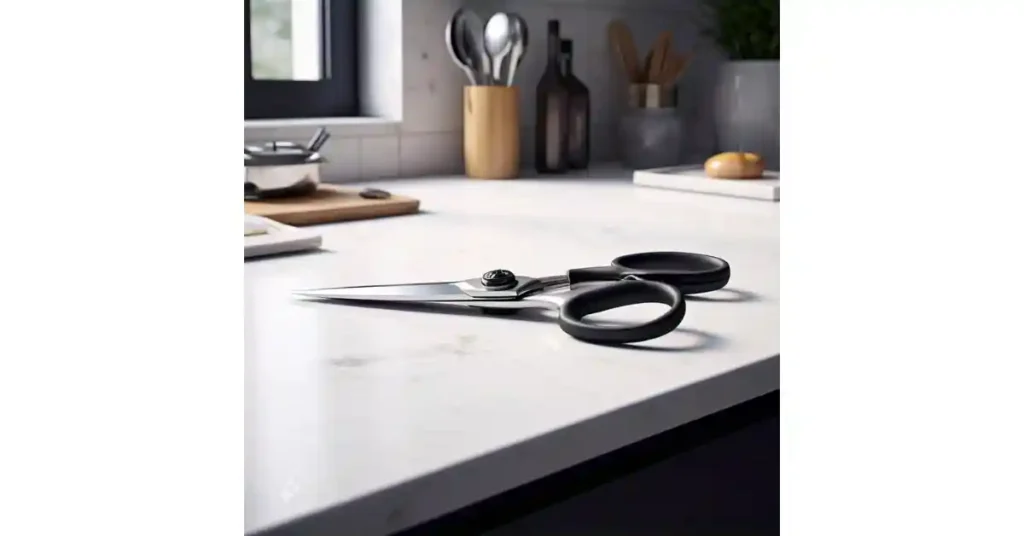
Kitchen scissors are essential, multi-purpose tools designed for a range of kitchen tasks. From cutting through meat, vegetables, and fruits, to cracking nuts and scaling fish, they’re designed to handle it all with ease. Featuring sharp blades and ergonomic handles, these scissors make everyday kitchen tasks quicker and more efficient.
- Sharp blades for cutting meat, vegetables, fruits
- Micro-serrations and serrated edges for better grip
- Functions as a bottle opener for wine bottles
- Dishwasher-safe for easy cleaning
- Comfortable ergonomic design for extended use
Pros:
- Durable blades for tough tasks like cutting chicken bones
- Quick and efficient alternative to using a knife
- Dishwasher-safe for easy maintenance
Cons:
- Not suitable for intricate cuts or delicate trimming
- May not work well for detailed packaging tasks
From my personal experience, kitchen scissors are a real-time-saver. Whether it’s cutting meat or trimming fat, I find them incredibly handy for tackling daily kitchen chores quickly and effectively.
6. fabric scissors
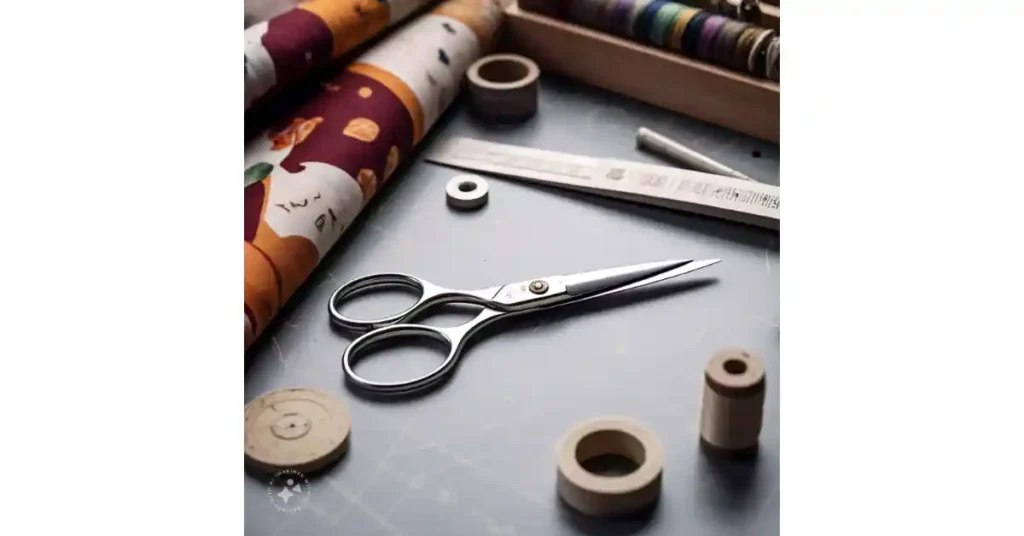
Fabric scissors are an essential tool for anyone working with textiles, ensuring smooth, precise cuts on materials like denim, cotton, and leather. With their sharper edges and longer blades, these scissors are crafted to handle the demands of sewing and other fabric-based projects. Designed for accuracy and durability, they make cutting fabric a breeze, preventing frayed edges and uneven cuts.
- Longer blades for precise cutting
- Ideal for cutting cotton, denim, leather, silk, and other textiles
- Made from high-quality materials like high-carbon steel and stainless steel
- Ergonomic handles reduce hand fatigue during long use
- Perfect for sewing tasks and fabric durability
Pros:
- Sharp blades for clean cuts
- Built to last with high-carbon steel and stainless steel
- Reduces hand strain with ergonomic handles
Cons:
- Expensive compared to regular scissors
- Not ideal for intricate cutting on smaller projects
I’ve found that using fabric scissors has made a huge difference in the neatness of my sewing work, especially when cutting through thicker fabrics like denim. The sharp blades provide perfect precision every time.
7. Garden Scissors
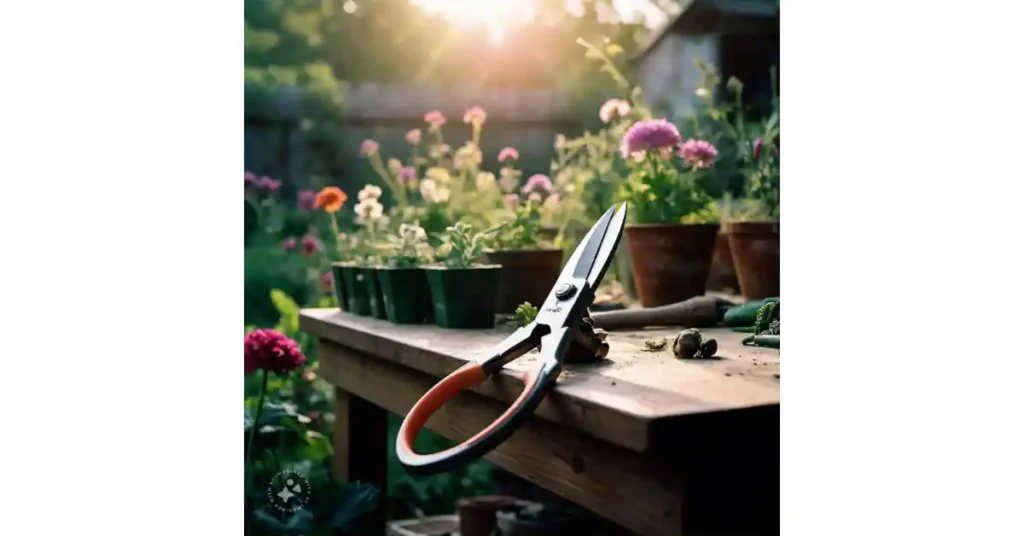
Garden scissors, also called pruning shears, are designed for precise cutting tasks in the garden, making them ideal for trimming flowers, shaping plants, and cutting small branches. These tools feature sharp blades, often with a bypass pruner design, that ensure clean cuts to keep plants healthy. Whether you’re cutting herbs, deadheading flowers, or tackling light pruning, their ergonomic handles and rust-resistant materials make them a durable choice for garden care.
- Perfect for pruning flowers and shaping plants
- Bypass blade design for clean cuts
- Made from high-quality stainless steel, rust-resistant
- Ergonomic handles for comfortable use
- Ideal for light branches and herb trimming
Pros:
- Precise cutting with sharp blades
- Durable, rust-resistant
- Great for tight spaces and delicate tasks
Cons:
- Not suitable for heavy-duty pruning
- Can be expensive
From my personal experience, garden scissors have made a huge difference in my gardening routine. The bypass blade design allows for smooth, clean cuts, especially when working on light branches and shaping plants with precision.
8. Kids Scissors
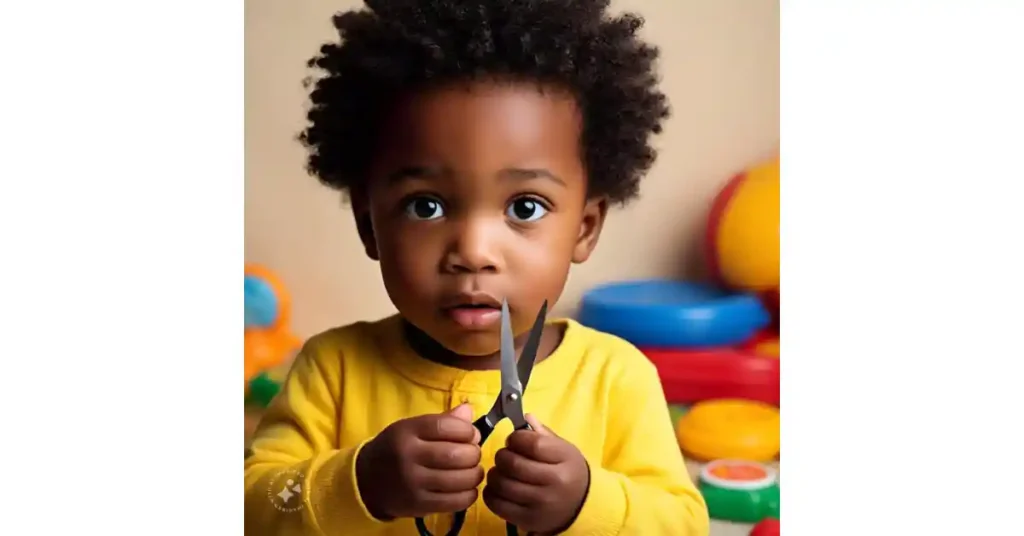
Kids scissors are crafted to provide a safe, fun, and educational cutting experience for children. With features like blunt tips and rounded tips, these tools are designed to reduce the risk of injury while fostering creativity through arts, crafts, and school-related activities. Made from lightweight materials like plastic or stainless steel, they are ideal for younger users who are just starting to explore the world of cutting.
- Designed with safety in mind, featuring blunt tips or rounded tips
- Lightweight and comfortable for children to handle
- Perfect for arts, crafts, and school-related activities
- Encourages creativity with fun designs and colored handles
- Made from plastic or stainless steel for durability
Pros:
- Great for hands-on learning
- Safe blades that prevent injuries
- Encourages creativity and motor skill development
Cons:
- Limited cutting capabilities for thicker materials
- Not suitable for advanced cutting tasks
From personal experience, I’ve seen how kids’ scissors provide a perfect balance of safety and fun for young children, allowing them to confidently explore their creativity without any worries about accidental cuts.
Conclusion
Scissors are essential tools that offer precision, safety, and efficiency for a wide range of tasks. Whether you’re trimming fabric, grooming, or engaging in creative arts and crafts, choosing the right type of scissors ensures optimal results and comfort. With the right knowledge of different scissors and their uses, you can tackle any cutting job with confidence and ease.
FAQ,s
Why is it called scissors?
The word “scissors” is directly derived from the Old French word “cisoires,” closely related to shears, highlighting its evolution in English usage.
